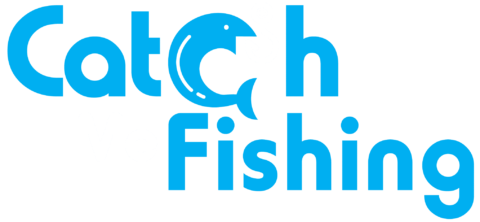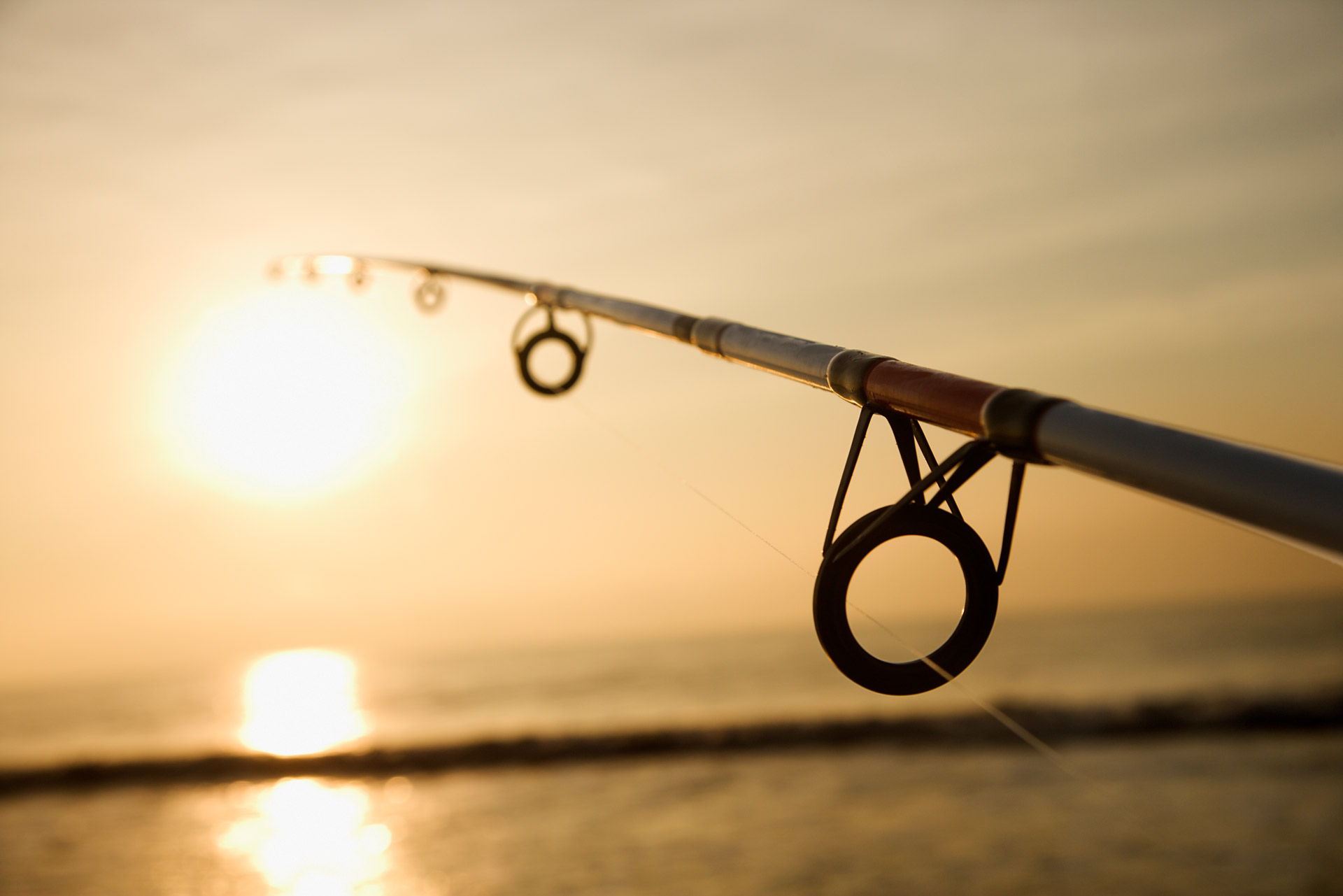How to Read a River Perfectly
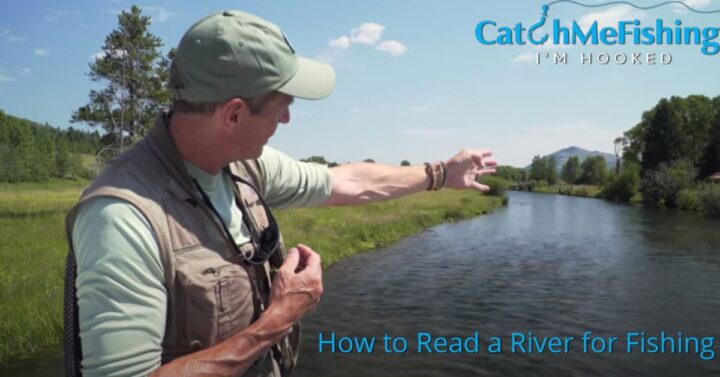
Today we're going to look at how to read a river
Quite simply what that means is to look at a river, work out where the fish are, where the big fish are, where the little fish are, where the fish aren't and give yourself the best chance of catching a fish in a river you've never seen before.
I'm going to run through a little bit of terminology. So if you read books or articles, you'll hear, you'll read things. So I'll give you a little bit of terminology. We'll find ways to identify that, but let's take a little look at this stretch of river that's upstream of me.
How to Read a River
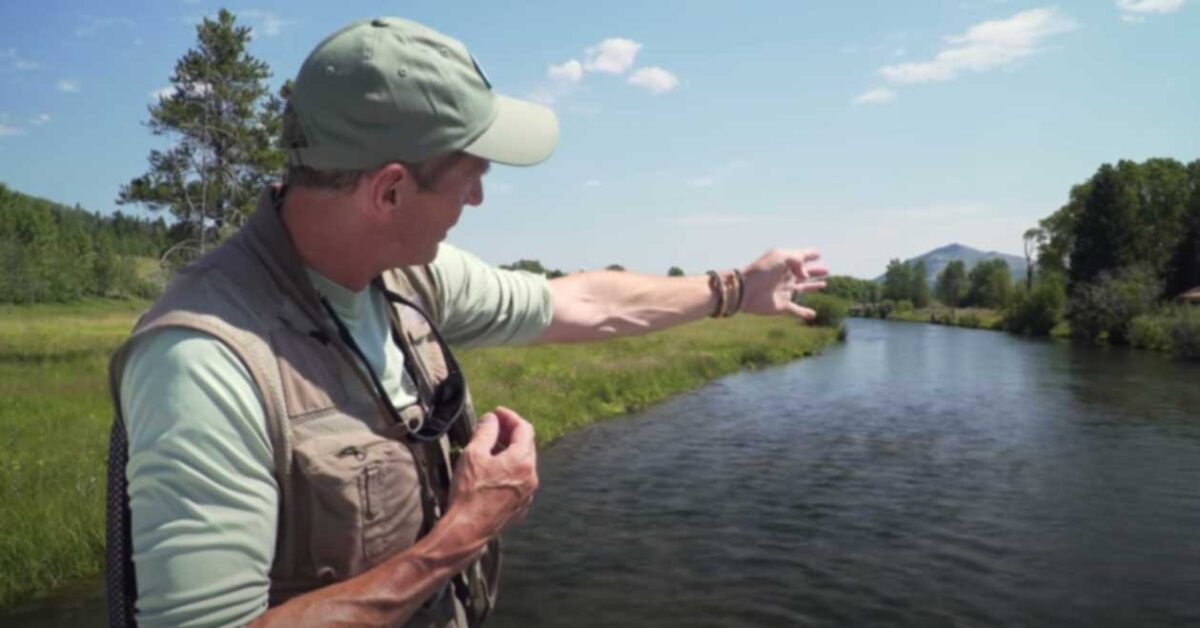
So upstream of me, the rivers flowing down towards me. As you can see at the top, it's coming in from a curve from the left-hand side, sweeping in towards the right-hand side.
That means the current is hitting towards the right-hand bank, it’s creating a bit more depth than the water on the right-hand side. As we look up, depth is very important.
Bigger Fish Need Three Things
They need food, oxygen and cover. And what you want to look for is the cover, that's got the best food and oxygen. Larger fish are going to be on the left side.
As we look upstream, you've got this wide open, fairly shallow bit of water.
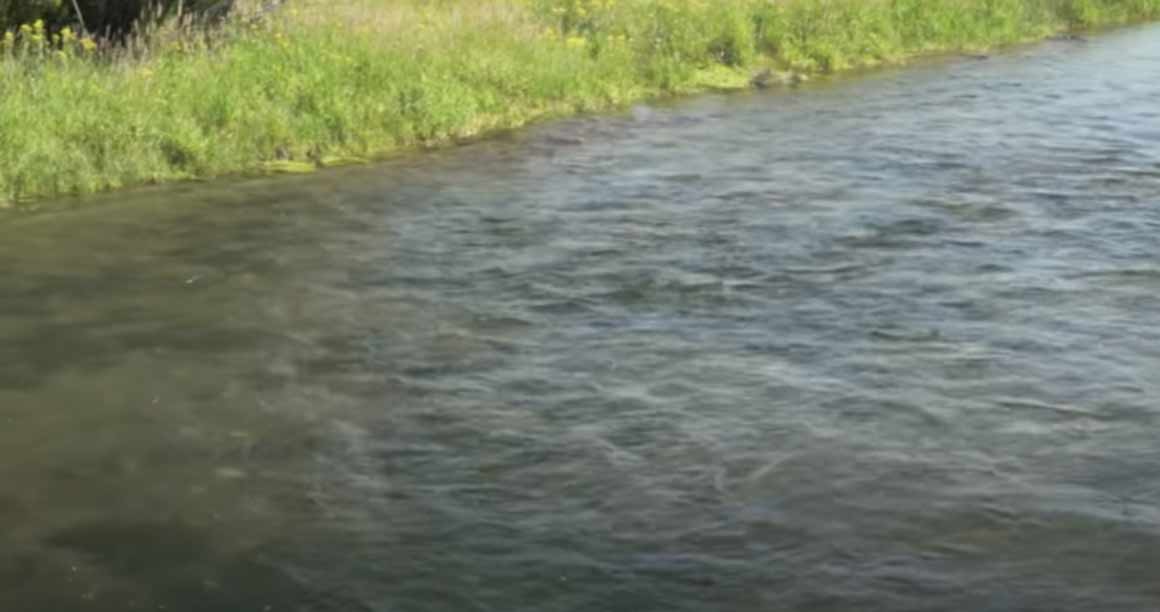
You can tell by these Ripley waves, just down here, and you can tell by looking at the color of the bottom, that that water's really shallow.
It looks to be six to eight inches in deep in depth.
The current is pushing onto that side. It's roughly. So if you get anything in there, they're going to be really small fish. Don't bother with that, unless you just want to catch fish and the smaller fish, you can catch them very easily and great for kids.
The bigger fish are harder to catch. So I'll leave that up to you to decide.
How to Find Bigger Fish
Right now, I'm going to show you how to find the bigger fish. Although the best river fishing bait you use has a big impact to your success, reading the river also has as big an influence.
So when we pan around and look at the right-hand side, what you'll notice is that there's a bunch of trees growing upstream here.
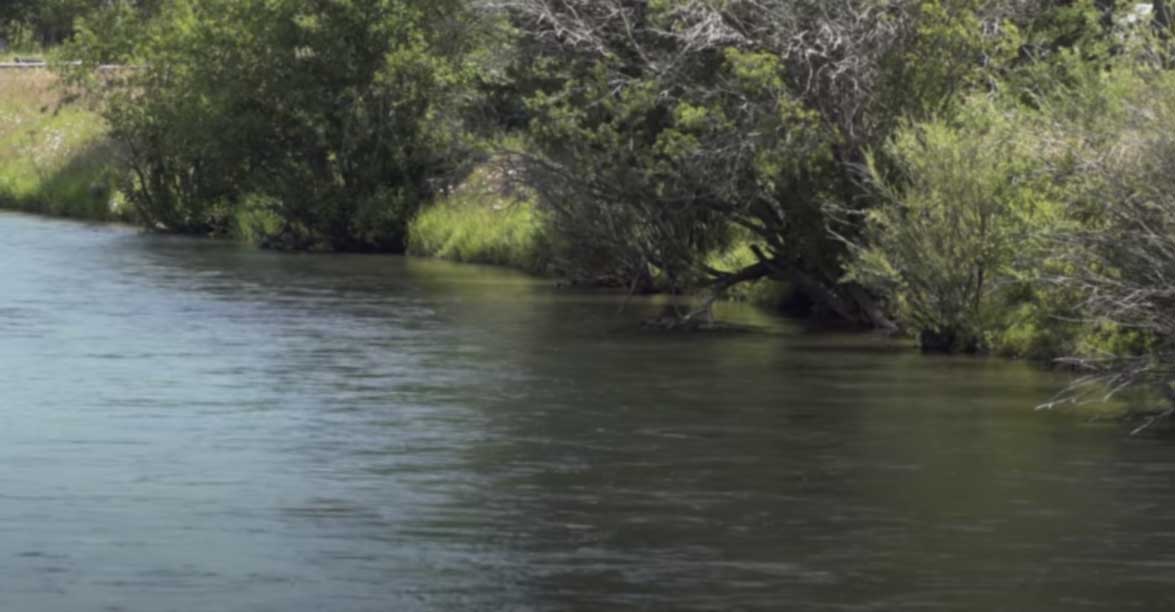
The water is slower. It's deeper. The current is on that side of the river, which obviously indicates the depth is there. The fish have the cover. They have got all the food that’s being pushed down by the current. They've got plenty of oxygen, enough oxygen coming here.
What’s important is, it's not dead Stillwater.
So your bigger fish, as I look upstream from this bridge, the bigger fish are going to be around about those tree areas and closer into the bank.
Different Types of Water
If you do look straight above the bridge, looking down below what we have here, right above the bridge, you'll see a really good indication of the two types of water.
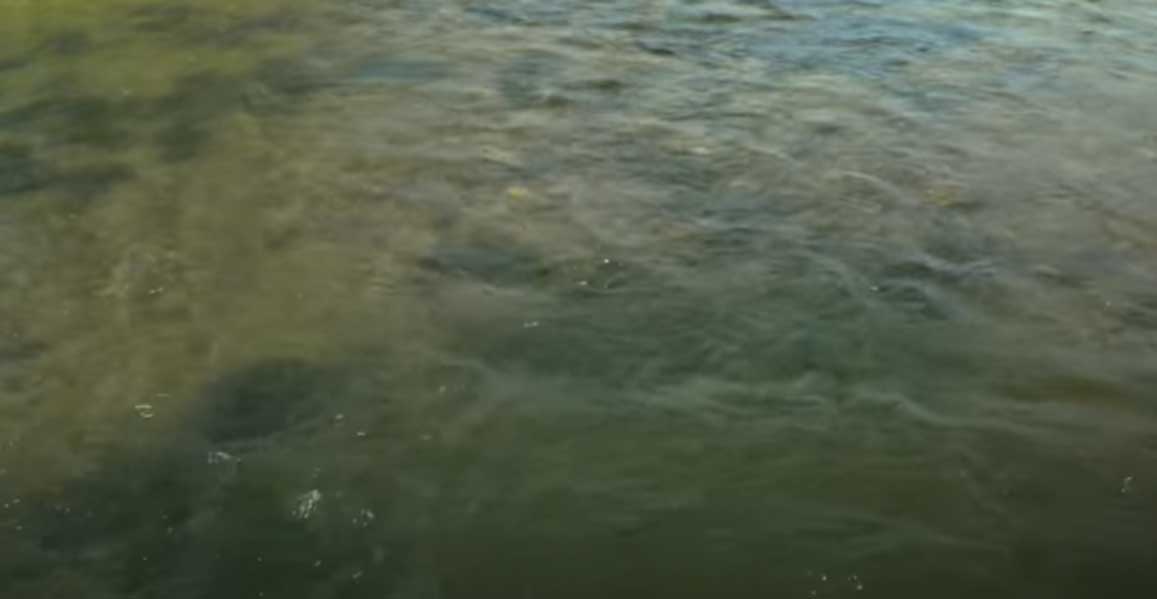
The water is a darker gray color, greenie gray color.
What that means, it's deeper slightly to the left of it.
It can be really easily to see in the sunlight.
You can see the rocks. I can see the waters depth physically, a foot and a half in depth at the most, again, small fish, if anything.
So if I was targeting this, I'd be fishing this little drop-off here above the bridge. Cause I'm not seeing any heads up, I could fish a hopper dropper type rig. I could fish a streamer.
I love fishing, soft tackles.
I could swing a soft tackle on an intermediate tape or an intermediate verse leader.
How to Read a Rivers Current
Now, as we go downstream, you'll see some natural structure.
We'll have a look at what the various terms are.
If you look at the river here, you will see we have some very, very good differences.
One of the first things I noticed here, when I'm looking at it, on the right hand side of me and on the left hand side you have this slow back eddy of almost stagnant Stillwater.
As I look to the bottom of it, there's a lot of sediment.
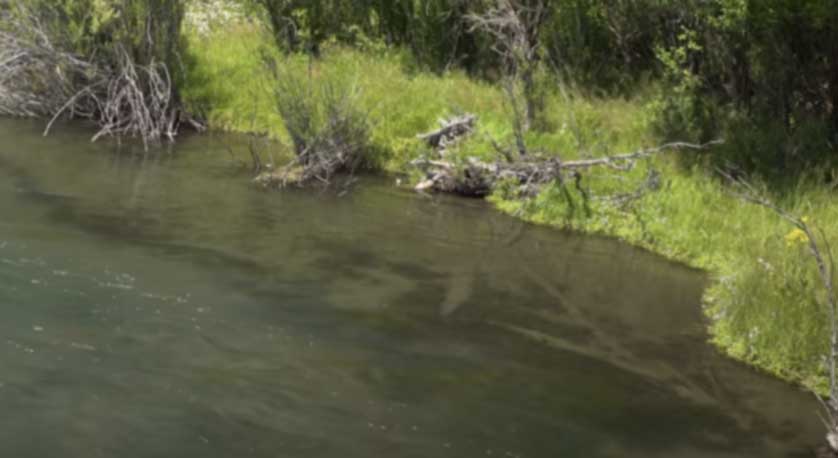
This means there's very little current gets there, virtually no chance of catching fish in there, maybe a minnow or Chubb, really in that slowed kind of muddy bottom just stay away from that.
But coming off that there's a very, very nice seam. A seam is where the current speeds changes it’s edge between the two current speeds. That seam is caused by the current hitting a tree here and creating this line.
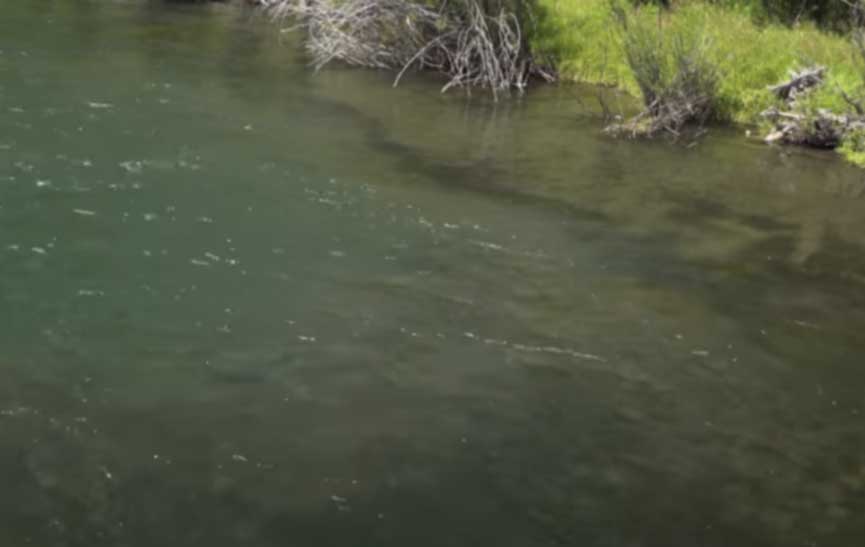
So, a seam is a very good indication of where the food will go.
I can also see that as I move around to the left, I'm starting to see some green water again.
So that's got some depth and in the center of the green water, there's a white Boulder. I can clearly see that's good pushing food, either side of the Boulder, that would be a great area to concentrate and drop a nymph down the edge of that rock.
As I pan left more, I started to see the gravel shallowing up again. I'm starting to get faster water, shallow water, too fast, really for anything to be in there, maybe a scare, a little tiny thing. Then panning left there's a nice edge and a seam down here, water slower.
I've got, what's called a bubble line. And a bubble line is a really good tip to work out where all the natural food is floating down. It follows the bubbles. The bubbles are pushed in by current. The food is pushed in by Carnes, fish, love bubble lines.
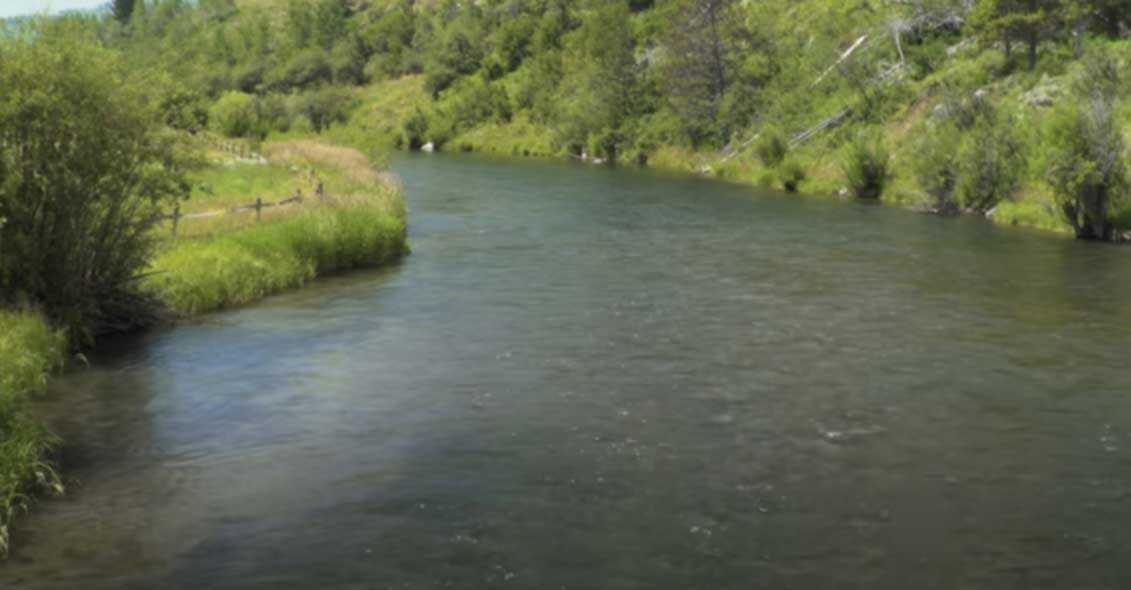
So try and find bubble lines that go through these slightly deeper waters. And if they have edges and seems to them and drop off, you're starting to find a really juicy water. It's gonna have a lot of fish.
Pan left even a bit more we come back to an eddy again, as muds there, it slows the water. I wouldn't even touch it. There's nothing I would put in there and throw it, then I'd move down and fish the bottom water.
Now as you look further down, you will see the river bends round to the left.
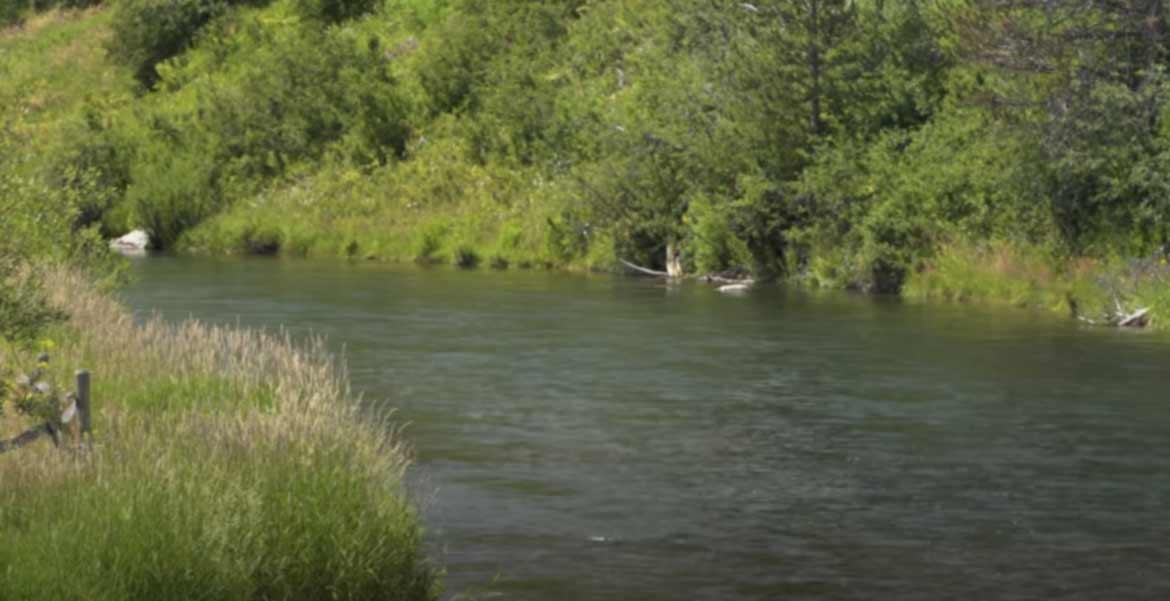
So if you imagine strong currents.
Strong currents are going to hit the bank on the right-hand side, that's going to scour out some depth.
The left-hand side is going to have less.
Current means it's slower which means more sediment gets deposited and it will be less interesting for the big fish.
Less depth, less food, less oxygen.
So on the left side as I looked down, you'll get smaller fish, on the right side you will get bigger fish.
As you go down and down, you'll start to see seams and you see rocks and other structures and stuff like that.
So you're kind of always paying attention to what signs there are in the river.
I call these characters in a book.
They're every little thing.
They are an indication of something in the book of how to read a river.
The edge, the drop-offs, the seams, the back eddies, the bubble lines.
This is how to read a river.
Uh, mostly it's just information to hopefully, give you an idea. If you approach a river, how do you look at it? How do you fish it? Where do you fish it?
What do you fish it? And above all of course, if you see rising fish, that's your biggest indicator of where the fish are.
The fish are rising, you see their heads up. It gives you an idea of what to fish and where to fish.
But on days, where there's nothing happening, looking at the river structure is exactly what you should be doing.


